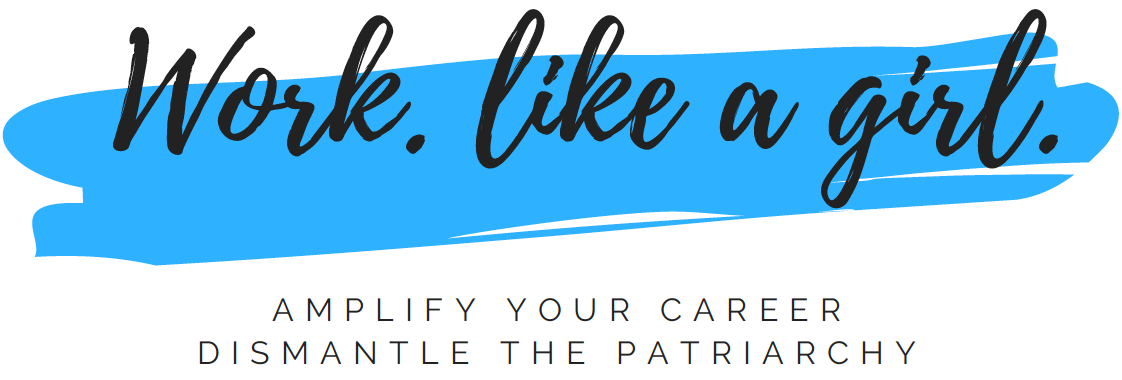Girl on Girl Crime
Girl on Girl Crime has been around since long before Tina Fey coined the term. Yet, it’s just as destructive and counterproductive today as ever.
I’m often asked why women are so horrible to other women at work. It seems like sometimes my female boss is harsher than any male boss I’ve had. You’re not imagining things, and there are some disturbing statistics to prove you right.
Many individuals seem shocked to hear about girl on girl crime. Why would a woman discriminate against another woman? Don’t they know what we’re up against? Yet, experiencing discrimination doesn’t make us immune from discriminating ourselves, especially when we’re raised with the same set of social norms that subconsciously tell us that what is feminine is inferior. (spoiler: it’s not – see What is Feminine Power?)
Let’s look at three of the most common bias women may encounter in the girl-on-girl arena:
I Need Space – When a woman is promoted, it is 51% less likely that another women will be promoted. Seems counterintuitive, right? As a woman yourself, why would you not support another woman making it to the top? Women are subconsciously afraid of “playing favorites,” and are harsher on their female employees. Women bosses with an underperforming female employee may feel that they may be negatively associated with the employee or impacted in a way that male bosses do not.
Compare and Contrast – like peaches at a farmer’s market, women feel unfairly compared to one another women, especially at the top. With a limited number of women reaching executive level (on average 22%), it’s easy for peers to distinguish them as “the brunette” or “the MBA.” But the compare and contrast model creates competition where there could be an opportunity for collaboration among those few women at the top.
Queen Bee – The queen bee does not associate with her feminine attributes and “thinks more like a man.” She’s been rewarded for her masculine traits, and learned to disassociates with her feminine qualities. She does like the feminine qualities in you. This woman is typically, but not always, a white, baby boomer who associates with her positions of privilege. She disassociates with the ways in which she has been oppressed, failing to recognize it at large.
Which category do you fall in?
I have to admit, I have compared and contrasted in the past, and I’m not proud. My earliest “compare and contrast” memory is from 2nd grade when a girl in my class named Adrianne won an art contest. I was livid, as I had worked so hard on my piece. I knew she won because she drew a horse, while the rest of us had drawn flowers and houses. When I relayed my disappointment to my mom, she said, “Why don’t you ask Adrianne how to draw a horse? There’s probably a lot you can learn from her.”
What’s the antidote?
Adrianne was thrilled to be of help, and happy to be recognized for her talents rather than be the envy and gossip of the 2nd grade class. At eight I learned a powerful lesson along the “AMPLIFY” lines. We’re stronger (and more artistically talented) when we share our gifts. But that requires a dash of humility, and a vulnerable ask. The truth is that drawing with Adrianne was far more rewarding than jealousy. Collaboration trumps competitiveness and allows us to uplift our collective voice, and be stronger together.
Take Action. What can you do to amplify your voice and the voice of other women where you work? Something as simple as inviting a colleague to coffee can open door and create conversations that forge creative collaboration. Let us know your next action step in the comments below.


